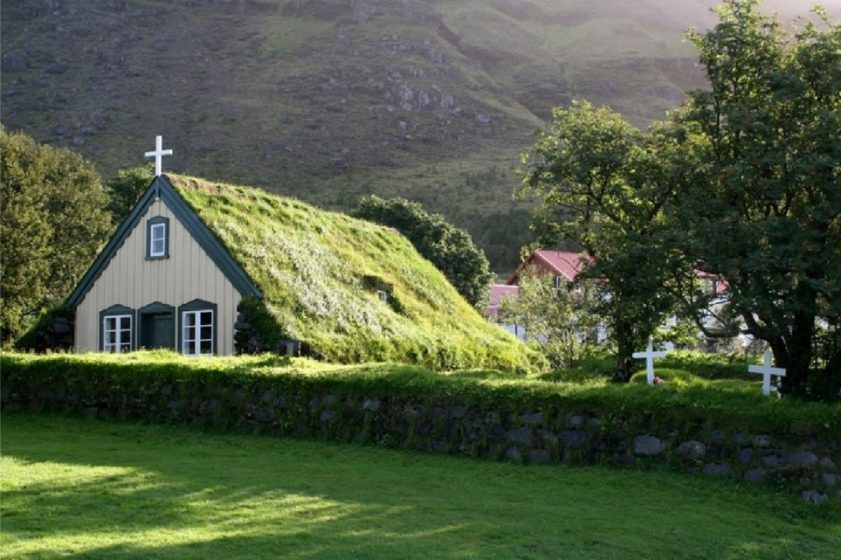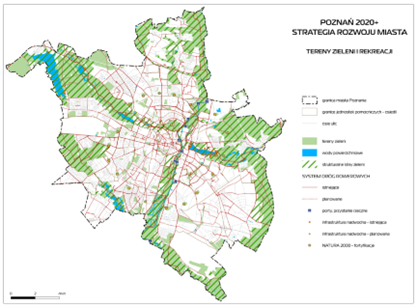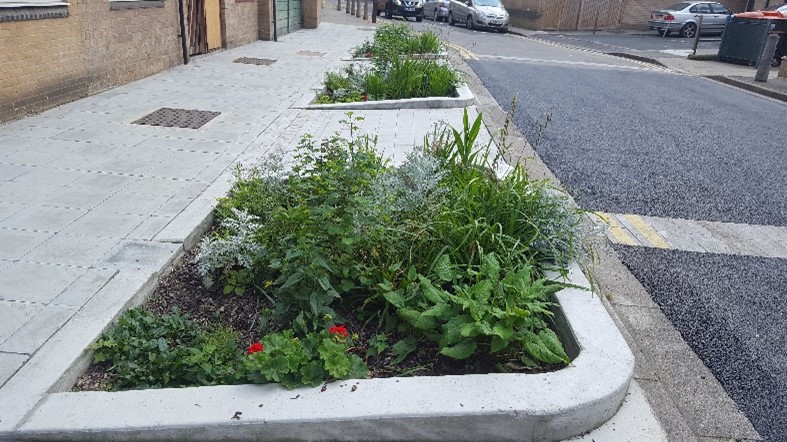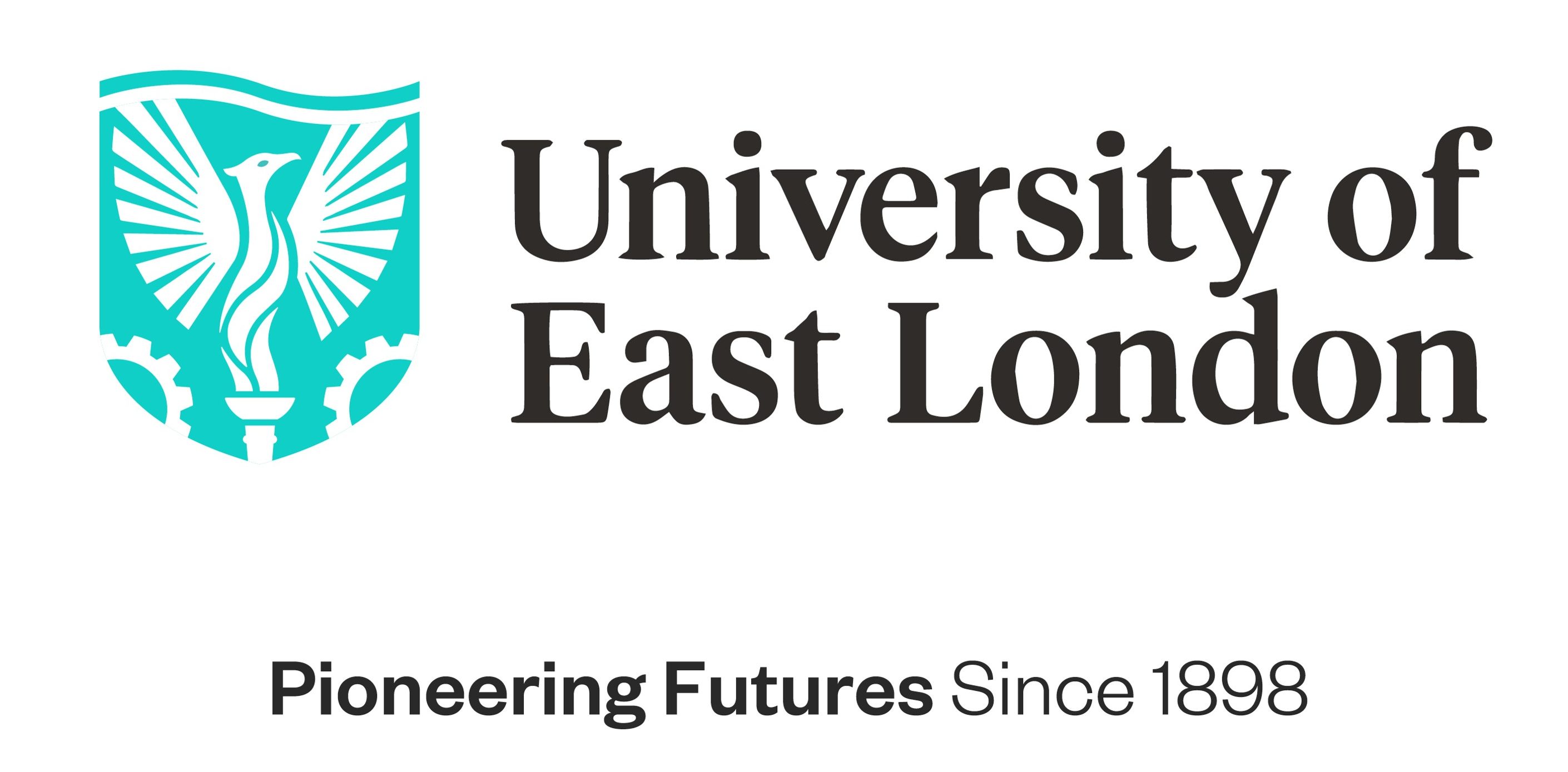The goal is to mainstream Nature-based Solutions, by widening public acceptance and making it the standard and default practice of urban design. What will it take to get there? These mini-blogs by two of our SRI researchers were originally published as part of a larger collection on The Nature of Cities platform. The original article presents the thoughts of 33 individuals selected across nature-based solutions academia and practice and is well worth a read!
“Perhaps the question shouldn’t be “how to mainstream?”. Instead, it should be “how to remember and reconnect communities with old traditions?”
Caroline Nash’s response:
The question shouldn’t be “what will it take to get there?”. The question should be “what will it take to get back there?” Nature-based Solutions are not a new innovation or a new technology. Whilst some of the ‘solutions’ being developed incorporate new technologies or approaches (like Living Pillars and “Smart” SuDS Planters) the solutions themselves are all based on historical traditions of stewarding and nurturing the land so that it nurtures us back.
Examples of nature-based solutions can be found throughout history:
- Many human settlements were built on rivers and estuaries because flowing water represented a multifunctional solution: providing a means to move resources in and out, a source of clean water, and a source of food.
- Agricultural land was managed sustainably using crop rotational patterns as far back as 6000 BC so that plants could be both consumed and used to retain soil quality and fertility.
- Urban trees have a long history of being used to create attractive and shady spots to escape the summer heat with tree-lined streets part of standard urban planning by the 19th
- Using earth that vegetated (green roofs) to provide shelter for dwellings has been recorded as far back as Neolithic times.
- As has the practice of coppicing woodlands in a sustainable manner to produce uniform-sized rods for construction.

Working on an early nature-based solution Horizon 2020 project, Connecting Nature, one of the objectives the research team was tasked with was supporting NbS mainstreaming in a series of ‘front-runner’ cities that were spearheading NbS mainstreaming. For one of those cities, Poznań in Poland, members of the project team were getting to grips with the concept of NbS. However, for their colleagues in the city authority, and for local communities and other stakeholders across the city, NbS was an entirely new term for them. It wasn’t even one that translated particularly well… So, the task of how to communicate it, let alone mainstream it, seemed substantial. However, a visit to the city and discussions with stakeholders about historic city planning soon revealed that, whilst the term NbS was new, the concept of NbS was what the city had been founded on. The entire city was based on a ‘green wedge’ concept with four tendrils of greenspace shadowing the river corridors that ran through the city, connecting the city centre to peri-urban and rural areas surrounding the city.

City design also included large pond/lake areas that historically managed, and provided, water sources in the city. Despite protection, pressure on the green and blue spaces within the wedges from development was growing. Fortunately, an abundance and deep-seated culture of urban allotments, combined with areas where development was unsuitable, had meant that much of the green wedges had survived. The tendrils tapered the closer they got to the historic centre and, as the green wedge disappeared, the challenges of climate change adaptation worsened: the closer you got to the high-density urban centre, the greater the problems of extreme temperatures, air pollution, and flooding. This made the messaging simple. NbS was a return to the historic way of designing and managing the city, an approach that could keep the city healthy and prosperous. An NbS catalogue followed that presented the context, examples from the city of how nature supported the citizens’ lives, and examples of how new green NbS innovations represented a mechanism for supporting and restoring the green wedge system on which the city was based. This was a great success and supported developing a shared vision across city departments, developers, and local communities. Within the project, a city-wide project of natural playspaces at kindergartens was rolled out and, the legacy of the project continues to grow. So, perhaps the question shouldn’t be ‘how to mainstream?’, instead, it should be ‘how to remember and how to reconnect communities with old traditions?’.
*The initiating scaling guidebook is available on the Connecting Nature website: NBS_Initiating_Scaling_Guidebook
“…by far the simplest solution to unlocking many of the barriers to locally mainstreaming SuDS could be solved by becoming better at communicating and sharing knowledge and innovative practice”
Stuart Connop’s response:
Having worked on a number of nature-based solutions research and innovations projects, including one specifically targeting the goal to ‘mainstream NbS’, I have spent many hours contemplating the question of: what do we mean by mainstreaming NbS? For me, NbS will be mainstreamed when we reach a point whereby ecological restoration and protection become the de facto starting point for any policy and planning decisions. In other words, mirroring how carbon impact is becoming a foundational component of cross-sectoral policy and practice decisions (no longer just within the environment sector), mainstreaming NbS is the situation whereby nature-positive outcomes are embedded as standard. This would mean:
- ensuring no net-harm to nature is the absolute red line for policy and planning;
- that nature stewardship and restoration is considered a key target for policy, planning, finance, and business strategic development decisions;
AND
- that the “values” that nature provides (ecosystem services) are considered as a first point of call for solutions across the spectrum of societal challenges that underpin policy and practice objectives.
Only by reaching such a situation are we going to be able to tip the scale of global biodiversity declines towards one whereby we halt global loss and start restoring nature to a state where it underpins a healthy & stable global ecosystem able to support itself, including humans as part of that ecosystem.
In terms of how to get there, that is a huge question, a question I’ve found challenging to answer in several of my past publications, let alone in a short one like this. However, here is my attempt at a short answer: it requires different actions across different scales. At the largest scale, it requires reconnecting our communities with nature and supporting them in understanding the key role that nature plays in keeping planetary systems balanced and us all healthy and happy. That starts with the early years of education and development but needs to continue through secondary and higher education, and even into life-long learning. Human rights, equality, inclusivity, and diversity are fundamental components of mandatory life-long learning approaches in the workplace, why not the rights of nature too, and its value in supporting every aspect of our lives? And why stop there? NBS mainstreaming also needs to be embedded in corporate social responsibility. If an individual is struggling with the cost of living, they can’t be expected to make decisions based on what is good for the planet, or good for wildlife, they need to be making decisions that are good for themselves and their families. Responsibility therefore needs to be shifted from the consumer to the producer: the businesses, governments, and financial markets. Only by doing this can you ensure that all decisions, whether driven by desperation or decadence, are fundamentally linked to the protection of nature.
Whilst the global NbS community continues to push for this incremental large-scale change, there is also a need to consider the small-scale incremental change that unlocks local mainstreaming. Local mainstreaming is critical if we are to reach a tipping point whereby NBS becomes so embedded in our local urban landscapes that people stop noticing it as something risky and unusual, and instead, it becomes something expected, and desired, in urban design. There have been many studies that have explored the barriers and drivers to unlocking NbS scaling, with many identifying similar governance, policy, and financial levers. However, in addition to these usual suspect barriers, there is also a need to listen to local practitioners to understand their needs for delivering NBS mainstreaming.
A recent study I was involved in collaborated with practitioners to explore barriers to the roll out of small-scale Sustainable Drainage Systems (SuDS) in London and the River Thames catchment. Whilst some of the barriers identified represented the usual suspects (access to funds, cost to maintain, and ownership, issues), the study also identified some surprising patterns: Insurmountable barriers for one individual were often not perceived as a barrier at all by others. Overall, the research found three key themes in relation to barriers perceived by participants: people-related elements, limiting practicalities, and informational factors. However, by far the simplest solution to unlocking many of the barriers to locally mainstreaming SuDS could be solved by becoming better at communicating and sharing knowledge and innovative practice. A simple example of this? Why do we give awards for the prettiest SuDS and not the ones that share the most information on how they were delivered? Or the ones that drive the most sector-wide exchange? And, on the subject of being better at communicating to unlock mainstreaming, I must get back to getting that study written up!

By Caroline Nash and Stuart Connop
